This month, Pierson Wireless will address a number of topics related to the best practices in the design and implementation of Emergency Responder Communication Enhancement Systems (ERCES) – also known as Public Safety DAS (Distributed Antenna System).
The single most important reason Public Safety DAS exist and are necessary is to ensure critical in-building communications between members of first responder teams that can mean the difference between life and death as they coordinate and execute emergency response tactics.
First responders coordinate efforts via radio signals broadcast within government-mandated frequency ranges, normally in the VHF, UHF, 700, and 800 MHz bands. A Public Safety DAS leverages a donor antenna to receive RF transmissions from public safety network towers. In turn, those signals are collected, amplified, and rebroadcast within the structure via a distributed network of antennas.
The preponderance of steel, concrete, and low-emissivity (Low-E) glass in modern construction creates many challenges for a reliable signal in large venues or multiple-level buildings. The density of materials, coupled with the square footage within the structure, makes it difficult for first responder radio signals to penetrate and populate the entirety of the space. As a result, municipalities are updating codes to make the presence of a Public Safety DAS mandatory and a requirement of occupancy.
Today’s look at best practices utilized by the Pierson Wireless Public Safety team takes a look at multiple donor sites in a public safety communications system solution.
MULTIPLE DONOR SITES IN ERCES
Within Emergency Responder Communication Enhancement Systems (ERCES), the local jurisdiction sometimes requires different frequencies broadcasted from multiple donor sites or towers. Utilizing two donor antennas feeding one bi-directional amplifier (BDA), also called a signal booster, or two donor antennas feeding two BDAs can both be functional methods. How they impact the public safety network determines the decision on which to use.
An ERCES with two donor antennas and one BDA is limited in the amplification it can give to the specific channels in use by the public safety network, be it Class A or B. This method is also more likely to act as an omnidirectional donor antenna. This would increase the risk of oscillation, increase the noise floor of the public safety network, and subject the ERCES to more outside interference.

An ERCES with two donor antennas and two BDAs allows for more amplification per channel in use and would perform similarly to a single donor site ERCES but provide both network and site frequencies. This method also has less impact on the noise floor of the public safety network by only transmitting the required frequencies to their respective sites and giving the ideal optimization circumstance. The major downside, of course, is the increased cost of a second BDA.

Suppose an ERCES is required to utilize multiple donor sites and requires two donor antennas. In that case, it is recommended to utilize two BDAs to allow more control over the radio environment for both the channels and frequencies in use and the noise levels.
Also, if true redundancy is the goal, and the frequencies of each of the two donor sites are the same, it is recommended to use a dual BDA solution with a redundancy switch, as discussed in our Redundancy in ERCES blog post.
Pierson Wireless is an industry leader in ERCES and Public Safety DAS solution design, implementation, and system monitoring. To learn more about our expertise in the space or to schedule a consultation, visit our Public Safety resource page.


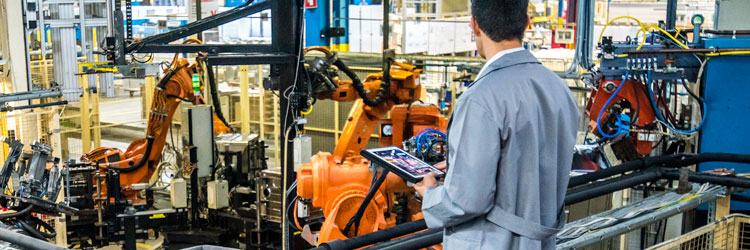
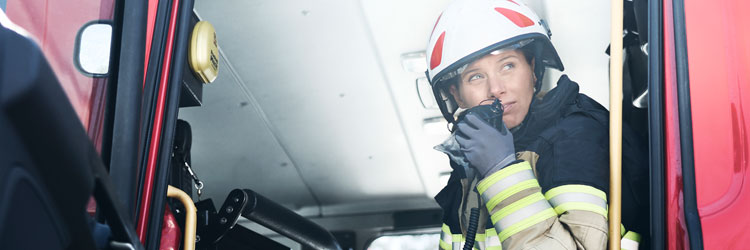
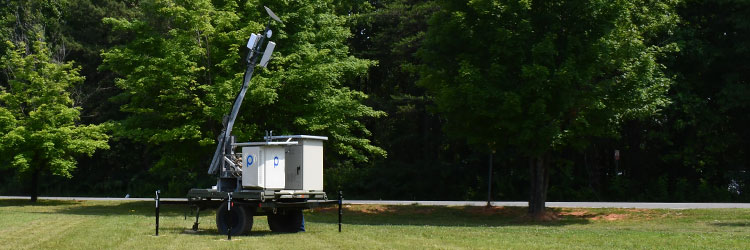





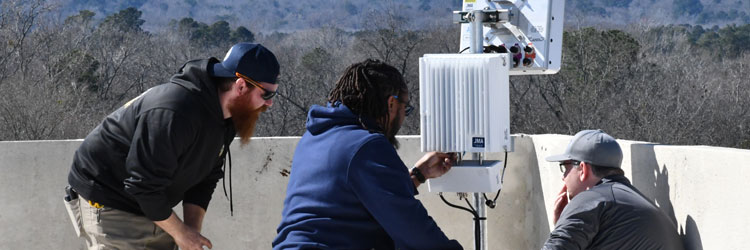
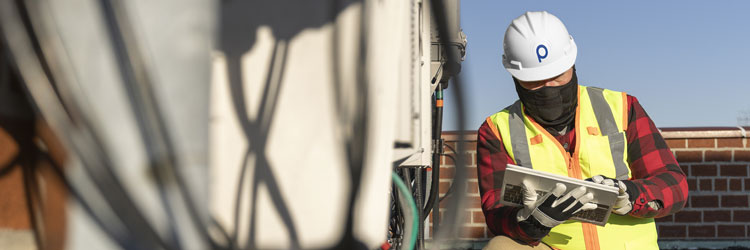

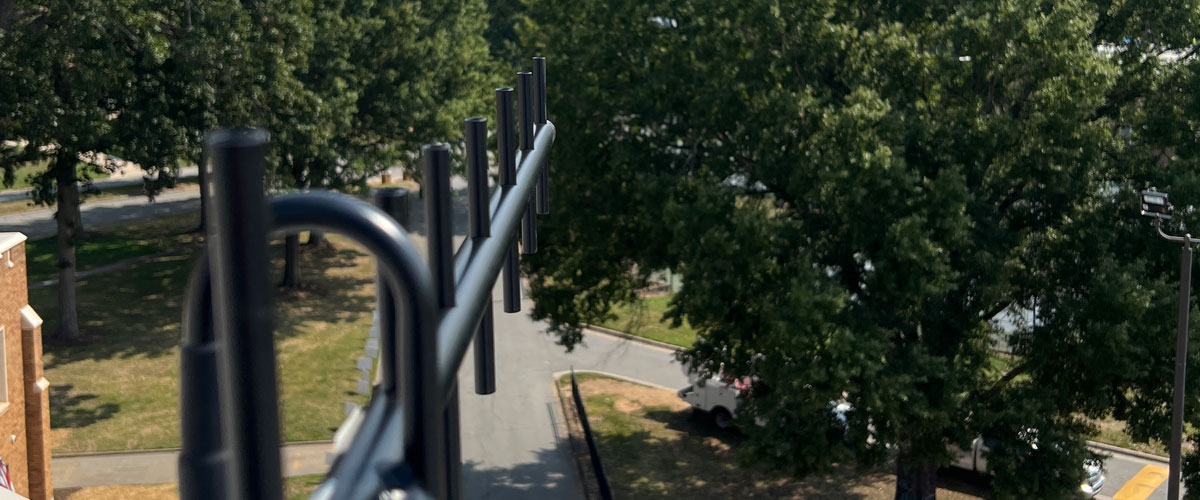

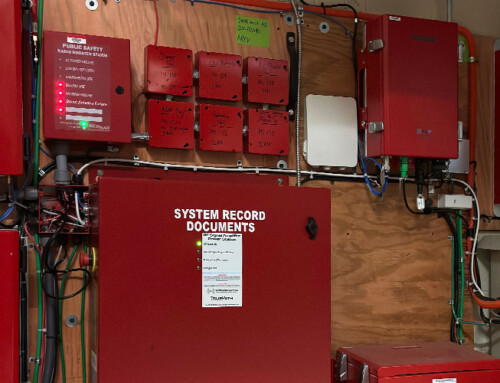
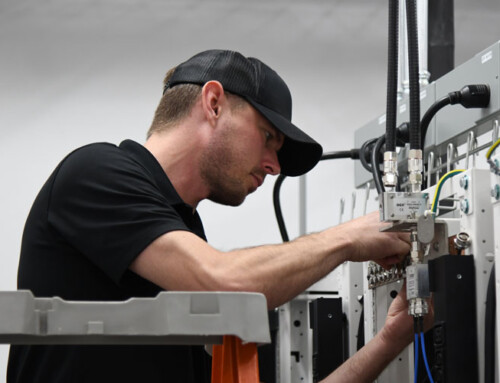

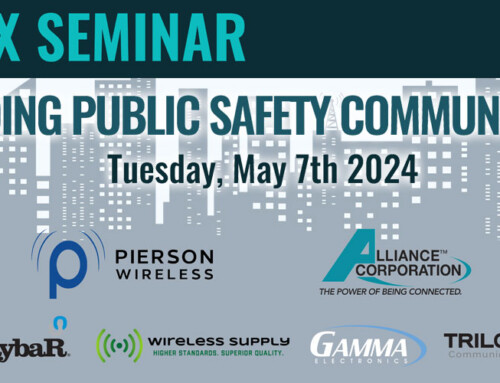


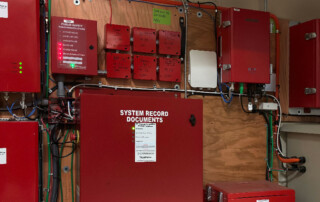

Leave A Comment